India’s wildlife heritage extends far beyond the famous tigers of Ranthambore or the elephants of Jim Corbett National Park. Beyond these celebrated hotspots lies a treasure trove of lesser-known reserves teeming with extraordinary biodiversity, unique ecosystems, and authentic safari experiences without the crowds that plague more famous destinations.
These hidden gems offer wildlife enthusiasts the rare opportunity to witness India’s magnificent fauna in more intimate, unspoiled settings. Here is a list of 20 underrated wildlife reserves across India that deserve more recognition for their exceptional safari experiences and conservation efforts.
Satpura Tiger Reserve

Nestled in Madhya Pradesh’s rugged terrain, Satpura offers a rare walking safari experience unavailable in most Indian reserves. Its varied landscape of deep valleys, sandstone peaks, and dense sal forests harbors tigers, leopards, sloth bears, and over 300 bird species with significantly fewer visitors than nearby Kanha or Bandhavgarh.
The reserve’s boat safaris on Denwa River provide unique perspectives of marsh crocodiles and otters while offering photographers exceptional lighting for wildlife shots.
Tadoba Andhari Tiger Reserve
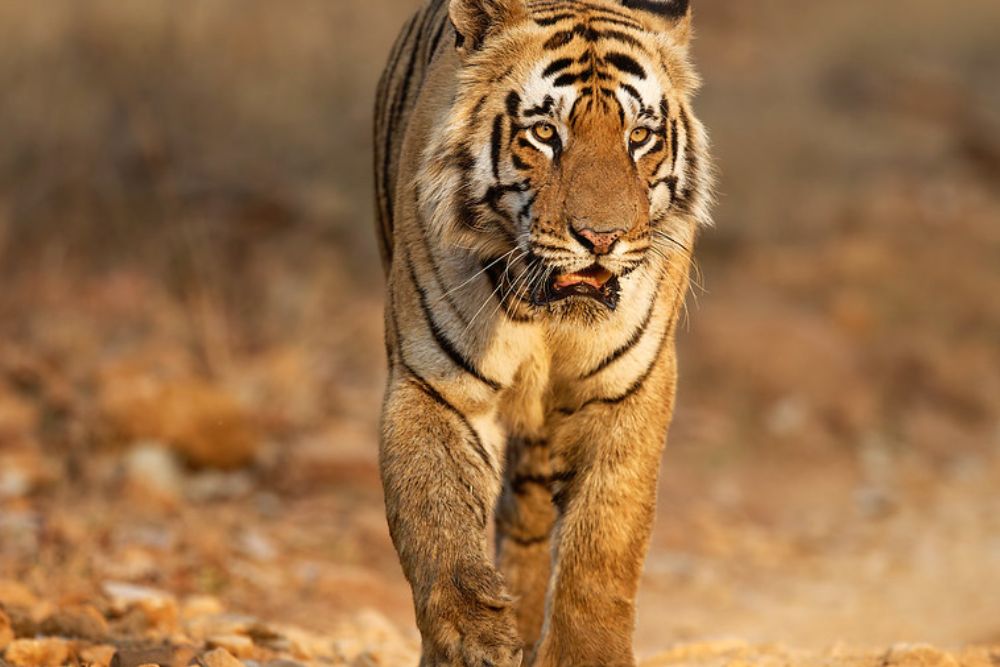
This Maharashtra gem boasts one of India’s highest tiger density populations yet remains overshadowed by more famous parks. Tadoba’s extensive bamboo forests and meadows around Tadoba Lake create perfect habitats for viewing not just tigers but also gaur (Indian bison), dhole (wild dogs), and sloth bears in their natural setting.
The reserve’s clay terrain reveals incredible tracking opportunities, allowing experienced guides to anticipate wildlife movements based on fresh paw prints visible after morning dew.
Like Travel Pug’s content? Follow us on MSN.
Parambikulam Tiger Reserve

Hidden in Kerala’s Western Ghats, Parambikulam protects one of the world’s most biodiverse regions with breathtaking landscapes of blue mountains and mirror-like reservoirs. The reserve houses rare species, including the Nilgiri tahr, lion-tailed macaque, and great Indian hornbill, while offering unique eco-tourism initiatives like tribal-guided trekking and bamboo rafting.
Visitors can stay in eco-friendly tree houses positioned strategically for wildlife viewing, creating an immersive experience far from conventional tourism.
Nagarhole National Park
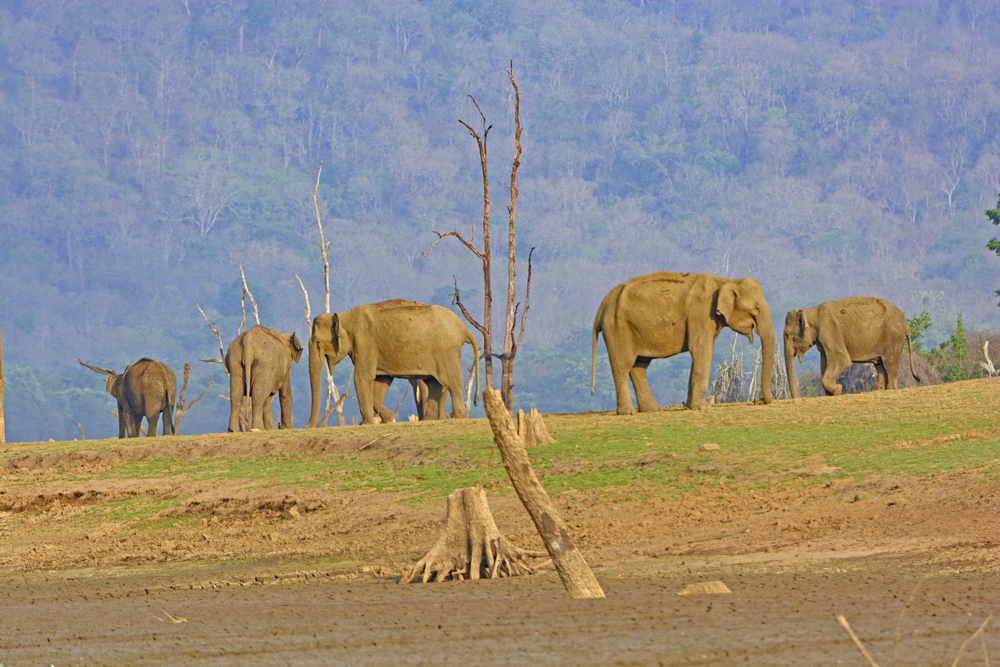
Despite its exceptional wildlife population, Nagarhole (also known as Rajiv Gandhi National Park) in Karnataka remains less visited than nearby Bandipur. The reserve features stunning Kabini River backwaters where elephants gather in remarkable numbers during summer months, creating opportunities for unforgettable boat safaris.
Its moist deciduous forests support the highest density of herbivores in Asia, attracting impressive numbers of predators, including tigers, leopards, and wild dogs.
Desert National Park
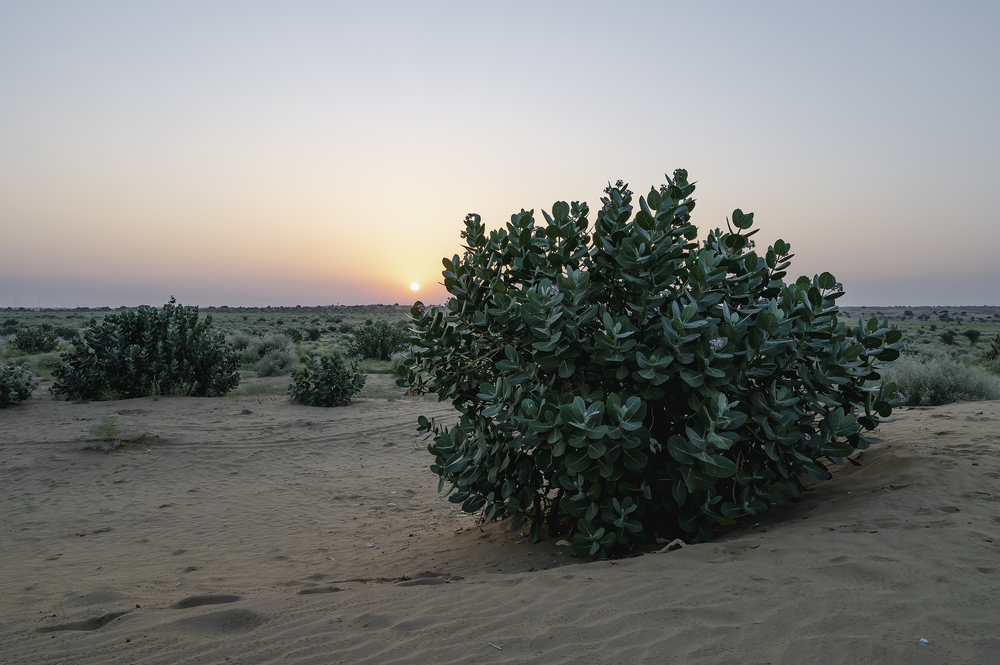
Spanning across Rajasthan’s Thar Desert, this unique reserve protects an ecosystem entirely different from India’s typical jungle safaris. The park serves as the last refuge for critically endangered Great Indian Bustards and offers sightings of desert foxes, desert cats, and numerous raptors against spectacular dune landscapes.
Winter brings migratory demoiselle cranes and eagles, while the stark beauty of dunes against clear blue skies creates photographic opportunities, unlike any other Indian wildlife destination.
Like Travel Pug’s content? Follow us on MSN.
Bhitarkanika National Park
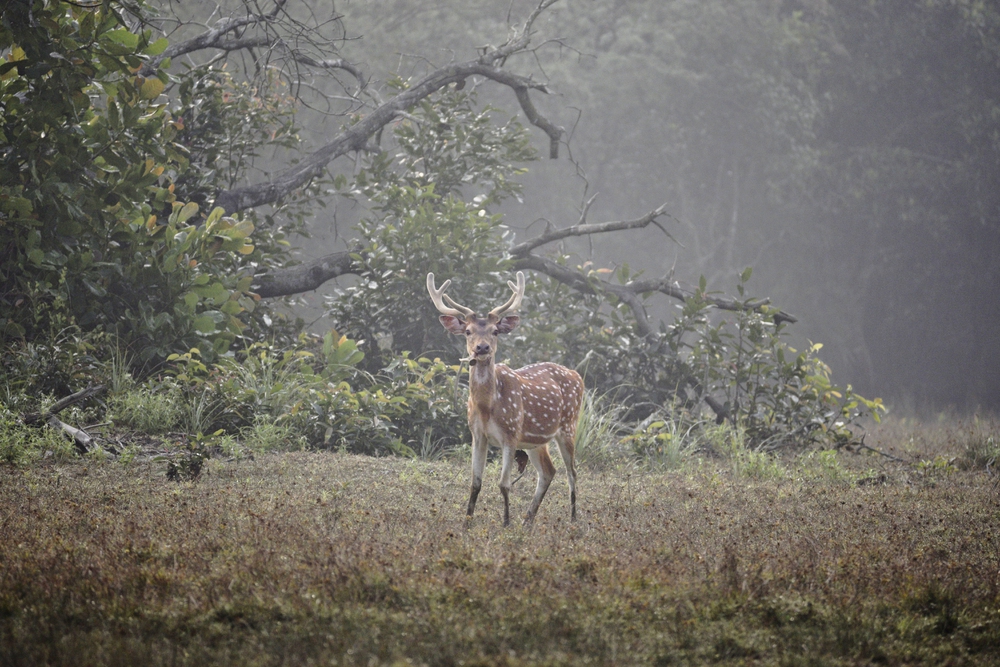
This Odisha coastal reserve contains India’s second-largest mangrove ecosystem and the highest concentration of saltwater crocodiles in the country. Bhitarkanika’s labyrinthine waterways can be explored by boat, revealing pythons, water monitor lizards, and over 215 bird species, including eight varieties of brilliantly colored kingfishers.
The mysterious quality of these mangrove forests, where roots emerge from brackish water, creating natural sculptures, offers an entirely different safari experience than traditional woodland reserves.
Manas National Park
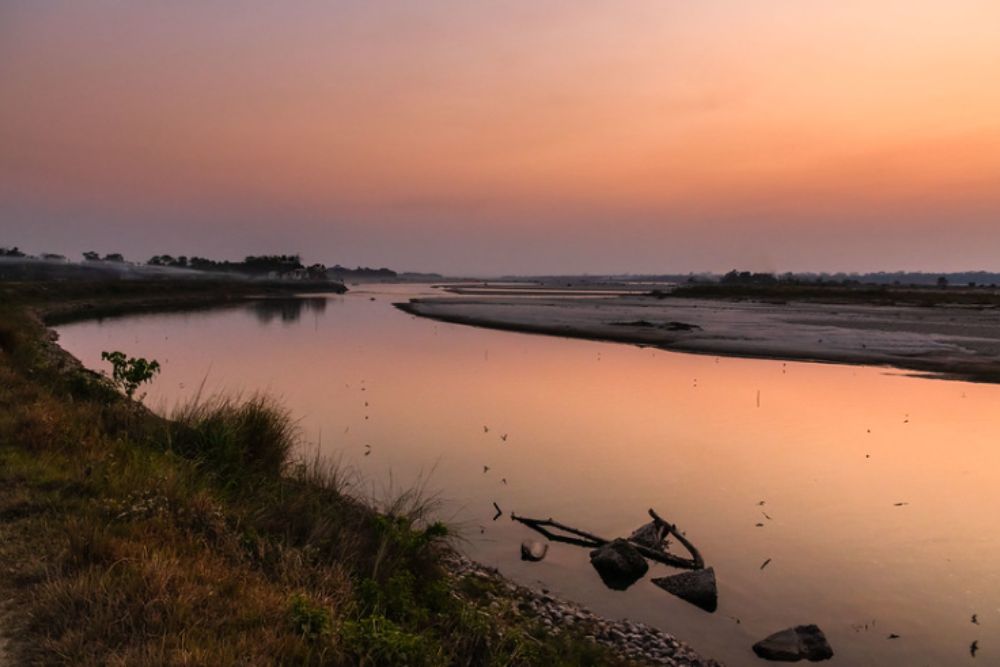
Straddling the Bhutan border in Assam, UNESCO-listed Manas survived poaching and political unrest to emerge as a conservation success story still below the tourist radar. The reserve protects rare species like golden langurs, hispid hares, and pygmy hogs found nowhere else in India, alongside more familiar species like tigers and one-horned rhinoceros.
Its grassland and forest mosaic against the backdrop of the Himalayas creates breathtaking scenery, particularly during the golden light of early morning safaris.
Great Himalayan National Park
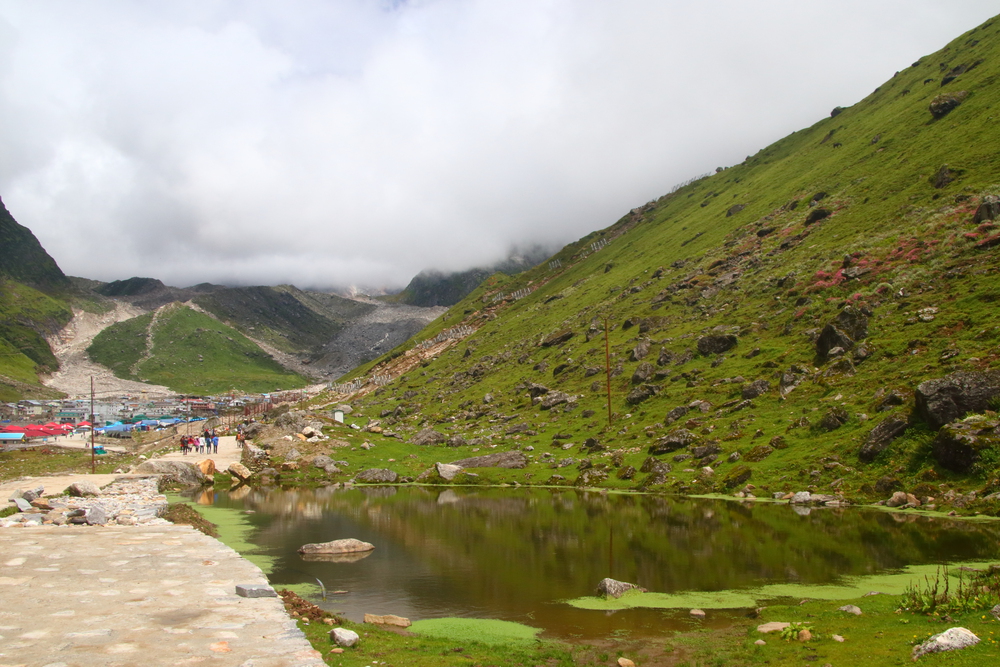
Tucked away in Himachal Pradesh’s remote valleys, this UNESCO World Heritage Site offers wilderness experiences more akin to North American parks than typical Indian safaris. Trekking through pristine forests reveals endangered western tragopan pheasants, Himalayan brown bears, blue sheep, and, if you’re fortunate, the elusive snow leopard.
The park’s dramatic elevation changes from 5,000 to 20,000 feet create distinct ecological zones supporting incredible biodiversity, though experiencing this reserve requires genuine hiking ability rather than vehicle-based safaris.
Like Travel Pug’s content? Follow us on MSN.
Gudavi Bird Sanctuary
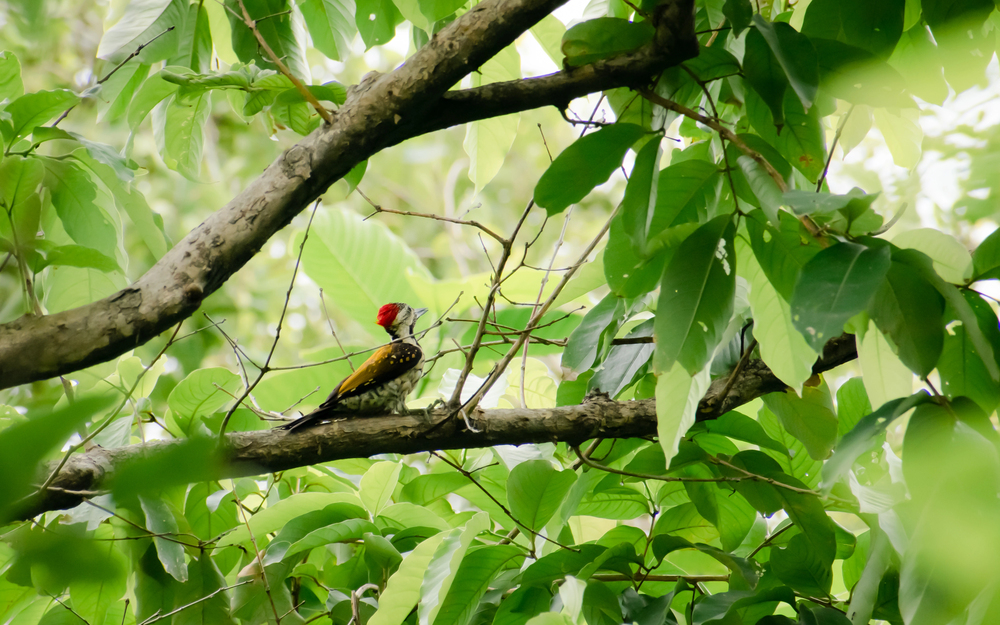
This tiny sanctuary in Karnataka’s Western Ghats conceals one of India’s most spectacular bird-watching experiences during the breeding season. The compact 7.4-square-mile wetland hosts over 191 bird species, with thousands of painted storks, white ibis, and spoonbills nesting along its lake edges between June and September.
The intimate setting allows photographers to capture nesting behaviors and chick-rearing from remarkably close distances without disturbing the birds, making it perfect for wildlife photography enthusiasts.
Dudhwa National Park

Located along the Nepal border in Uttar Pradesh, Dudhwa combines swamp deer habitats, grasslands, and marshes that support tigers and the only viable population of Indian rhinoceros in the state. The park’s proximity to Nepal’s wildlife corridors creates unusual opportunities to spot species like the hispid hare and Bengal florican that have disappeared from most Indian landscapes.
Its remote location deters casual tourists, resulting in authentic wildlife experiences where animals behave naturally without the stress of vehicle congestion, as seen in more popular parks.
Bera Leopard Conservation Reserve
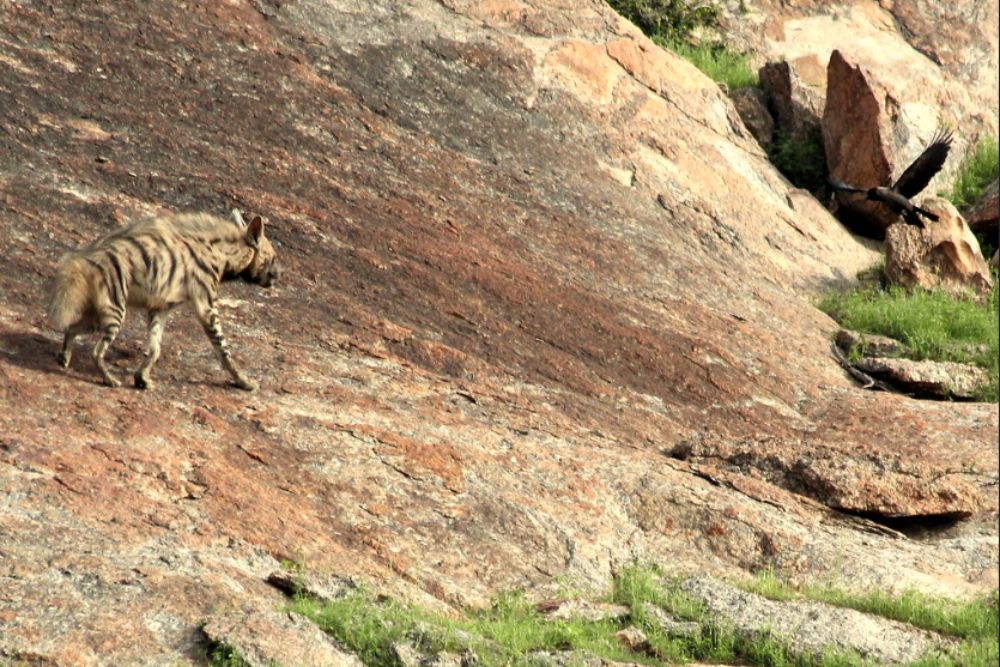
This newly formalized reserve in Rajasthan offers perhaps the highest density of wild leopards anywhere in the world, with the unique characteristic of leopards living amongst human settlements. The dramatic rocky outcrops and scrub forest landscape create perfect leopard habitats, where sightings are remarkably consistent compared to other Indian reserves.
Local Rabari shepherds have coexisted with these predators for generations, creating a fascinating conservation model where predators and humans share the landscape in relative harmony.
Like Travel Pug’s content? Follow us on MSN.
Navegaon National Park
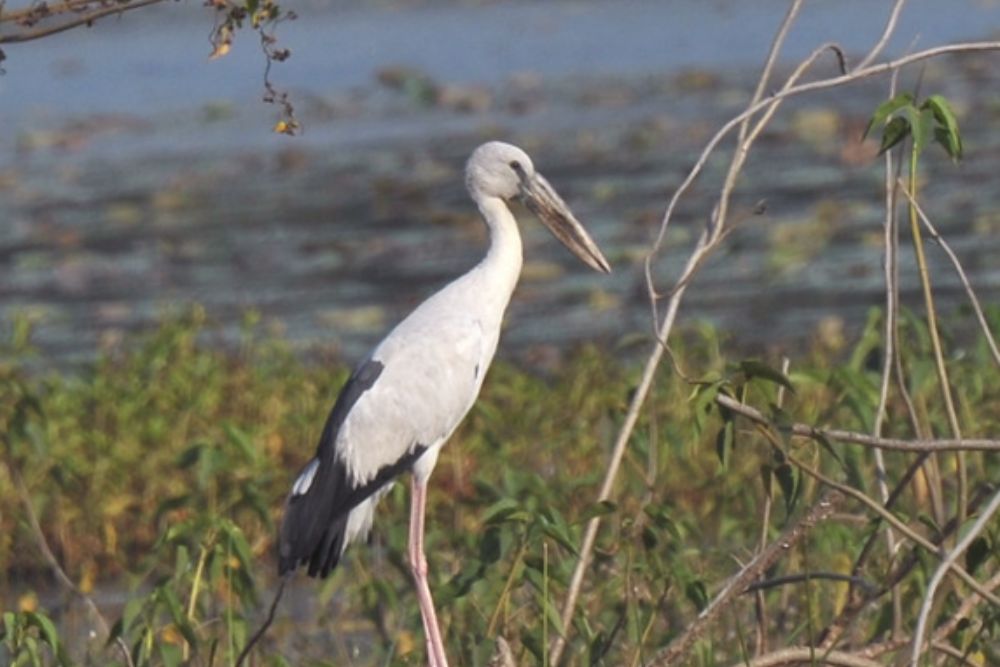
Hidden in Maharashtra’s eastern reaches, Navegaon combines remarkable lake ecosystems with dense forest and grassland habitats. The park features exceptional bird-watching with over 209 species recorded, plus healthy populations of gaur, sloth bear, and flying squirrels active during night safaris.
Its centerpiece lake creates perfect lighting conditions for photography, especially during winter when migratory birds arrive and morning mist creates ethereal landscapes rarely seen in more arid Indian reserves.
Neora Valley National Park
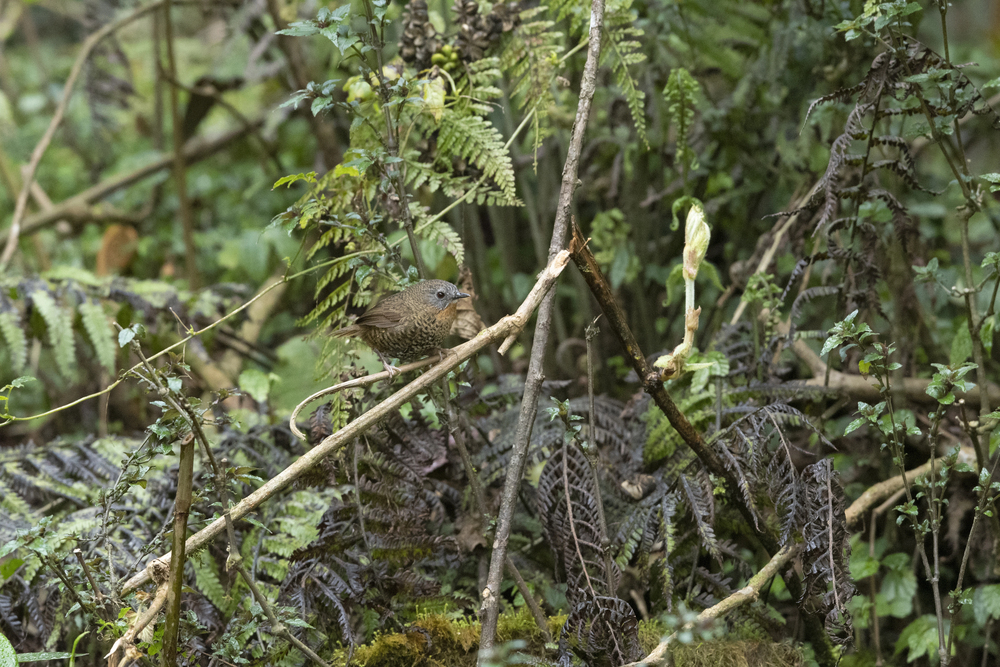
Tucked away in West Bengal’s far northeastern corner, this pristine temperate forest park protects one of India’s most untouched ecosystems. The dense, misty forests harbor red pandas, clouded leopards, and Himalayan black bears amid rhodendron trees that explode with crimson blooms in spring.
The reserve receives so few visitors that wildlife behavior remains genuinely wild. However, this means sightings require patience and appreciation for the remarkable virgin forest ecosystem rather than guaranteed significant animal encounters.
Silent Valley National Park

This Kerala ecological treasure features the last substantial tract of undisturbed tropical evergreen forest in the Western Ghats, saved from a hydroelectric project by one of India’s first environmental movements. The park protects lion-tailed macaques, Nilgiri langurs, and Malabar giant squirrels amid pristine shola forests and grasslands that scientists are still documenting.
Access restrictions mean visitor numbers remain extremely low, creating genuinely special experiences for those willing to arrange the necessary permits and guided tours.
Like Travel Pug’s content? Follow us on MSN.
Kinwat Wildlife Sanctuary

This Maharashtra secret houses remarkable populations of wolves, blackbucks, and chinkaras in a landscape more reminiscent of African savannas than typical Indian forests. The sanctuary’s rolling grasslands dotted with acacia trees create the perfect habitat for coursing predators like wolves and jackals, which can sometimes be observed hunting at dawn.
Its obscurity means infrastructure remains minimal, appealing to wildlife purists seeking authentic experiences over luxury accommodations or guaranteed sightings.
Pocharam Wildlife Sanctuary
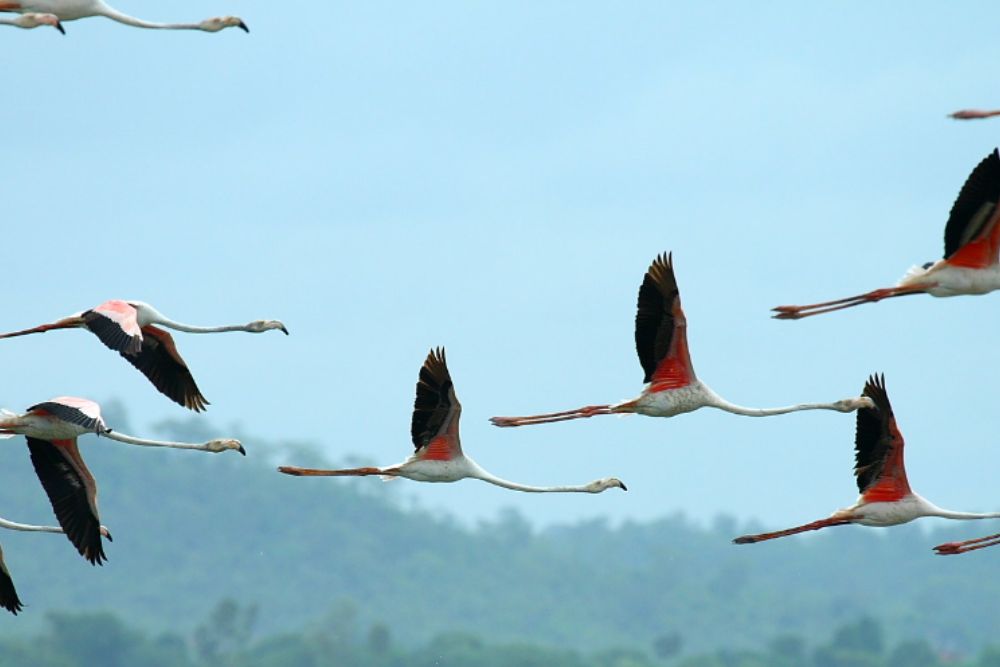
Located in Telangana, Pocharam centers around a massive reservoir attracting remarkable concentrations of water birds and marsh mugger crocodiles. The sanctuary supports healthy populations of nilgai antelope, chinkara gazelle, and sambar deer that gather along water edges during dry months.
Its stunning landscapes combine water vistas with forest patches, creating diverse habitats. At the same time, the relative lack of visitors means animals demonstrate natural behaviors without the wariness seen in heavily trafficked reserves.
Kuno National Park
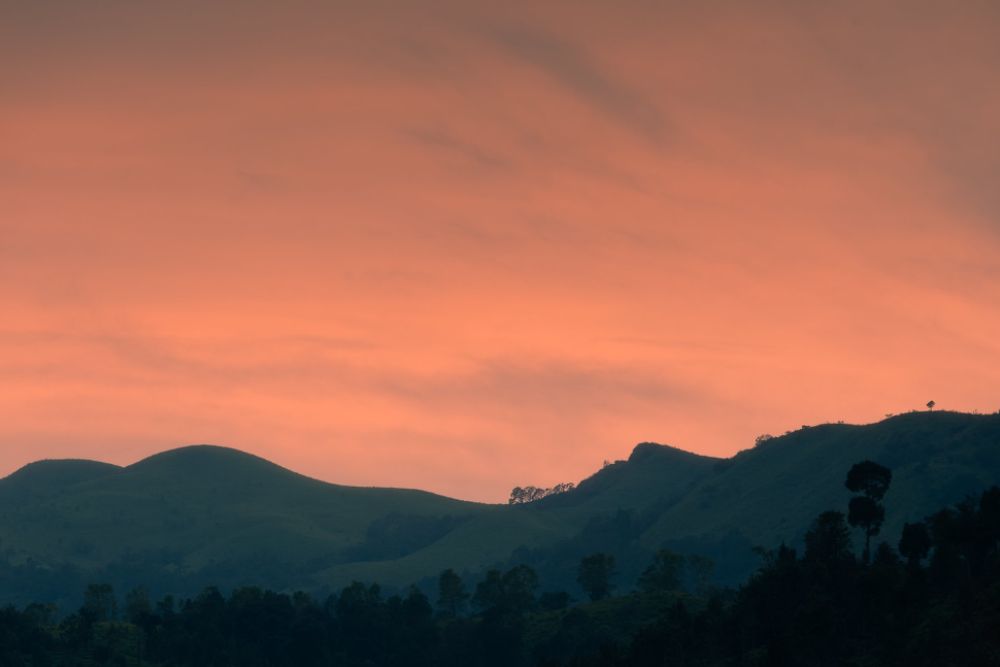
Recently designated for the reintroduction of cheetahs to India, Kuno in Madhya Pradesh features remarkable habitat restoration success with minimal tourism development. The park’s recovered grasslands support large populations of chital deer, nilgai, and wild boar and impressive predator populations, including leopards and wolves.
Its scientific monitoring infrastructure provides unique educational opportunities for visitors interested in restoration ecology and predator reintroduction programs rarely accessible in other Indian reserves.
Like Travel Pug’s content? Follow us on MSN.
Simlipal National Park
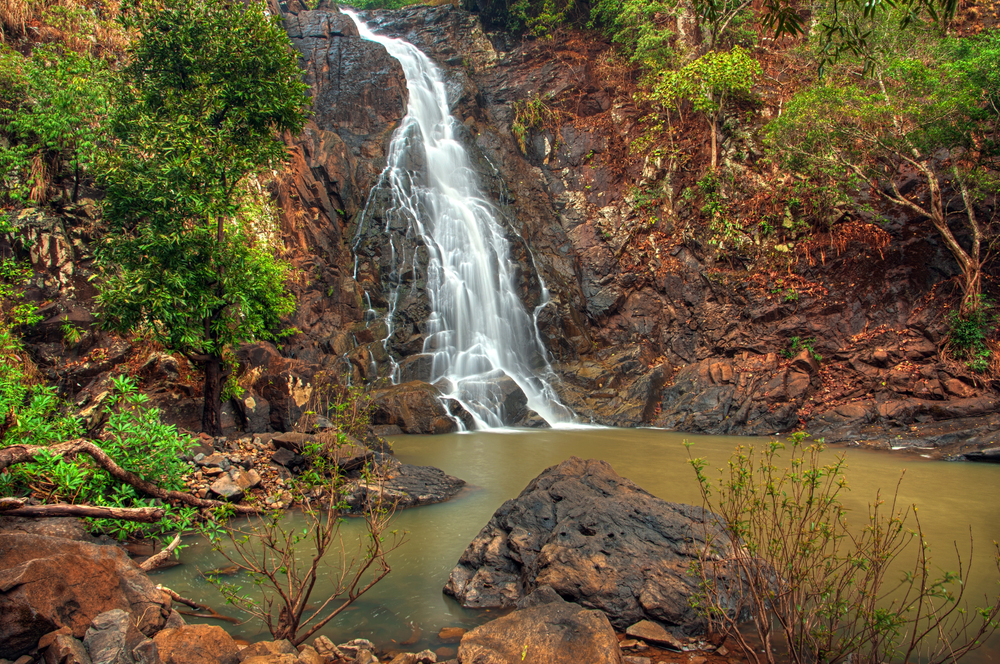
This Odisha reserve combines remarkable orchid diversity with unusual melanistic tigers occasionally spotted in its deep forest regions. The park’s varied elevations create waterfalls and microhabitats supporting rare flora alongside traditional safari species like elephants, gaur, and leopards.
Tribal communities living around the reserve practice traditional knowledge systems harmonious with wildlife, offering cultural insights alongside natural history for visitors seeking deeper connections with local conservation contexts.
Nanda Devi Biosphere Reserve

This Uttarakhand mountain wilderness protects sacred peaks and high-altitude ecosystems that support snow leopards, Himalayan tahrs, and black bears. The reserve’s breathtaking mountain scenery, with alpine meadows, glacial valleys, and snow-capped peaks, creates extraordinary trekking opportunities for experienced adventurers willing to organize proper permits.
Access restrictions designed to protect its fragile ecosystem mean very few tourists experience this remarkable landscape, creating genuinely exclusive wildlife viewing for those willing to make the journey.
Anshi National Park
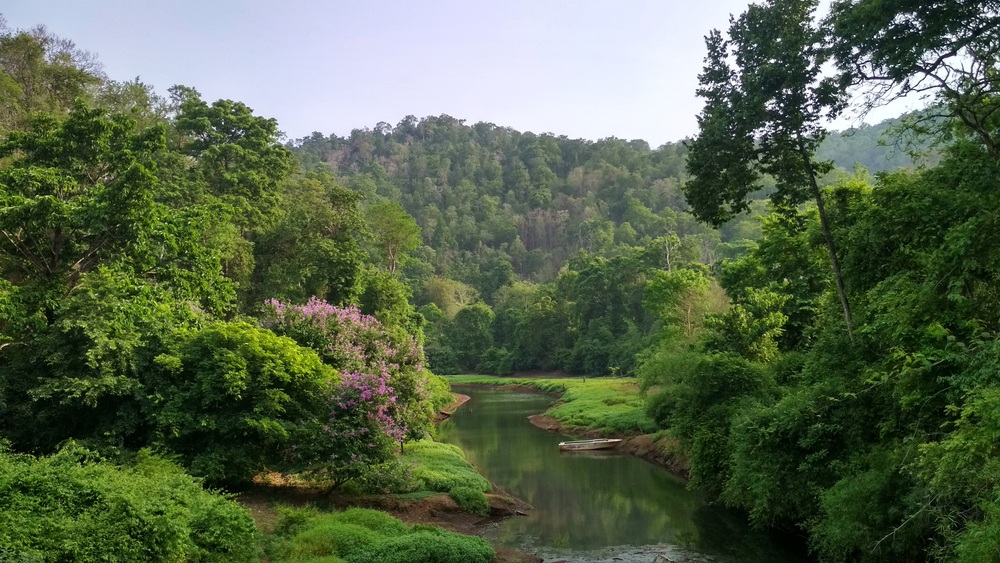
Now part of Kali Tiger Reserve in Karnataka, Anshi protects the remarkable Western Ghats rainforest with exceptional endemic species found nowhere else on Earth. The park represents one of the last strongholds of endangered species like the Malabar civet and great pied hornbill alongside more common wildlife like gaur and leopard.
Exploration via the Kali River offers opportunities to spot unique freshwater otters and turtles. At the same time, early morning walks reveal remarkable discoveries like flying lizards and giant squirrels in the forest canopy.
Like Travel Pug’s content? Follow us on MSN.
Beyond the Tourist Trail
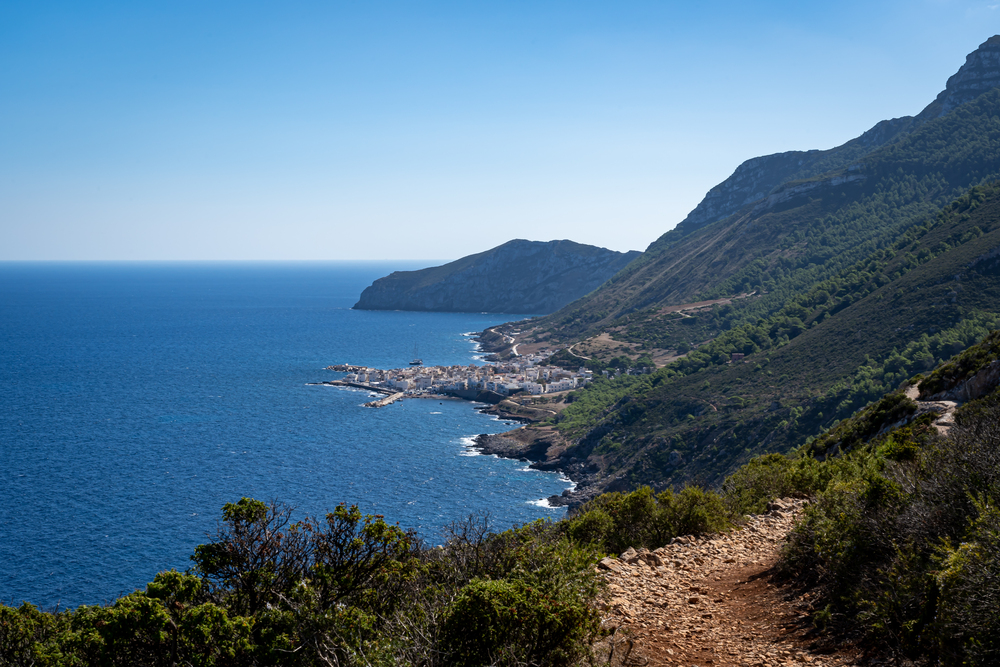
These lesser-known reserves represent India’s remarkable conservation commitment extending far beyond famous flagship parks. Their relative obscurity offers authentic wildlife experiences that are increasingly rare in more commercialized destinations, though visitors should prepare for more basic facilities and less guaranteed sightings.
What these reserves lack in amenities, they compensate for with genuine wilderness, scientific value, and the special privilege of experiencing truly wild India without convoys of safari vehicles competing for the same viewpoints.
More from Travel Pug

- 20 Destinations That Were Once Thriving but Are Now Quietly Disappearing
- 13 Destinations Where Tourists Regularly Regret Their Trip
- 20 Once-Popular Beach Towns That Are Now Ghostly Empty
- 10 Under-the-Radar Mountain Towns That Are Both Affordable and Beautiful
- Take a ‘Learning Vacation’ in These 20 Extraordinary Places
Like Travel Pug’s content? Follow us on MSN.
